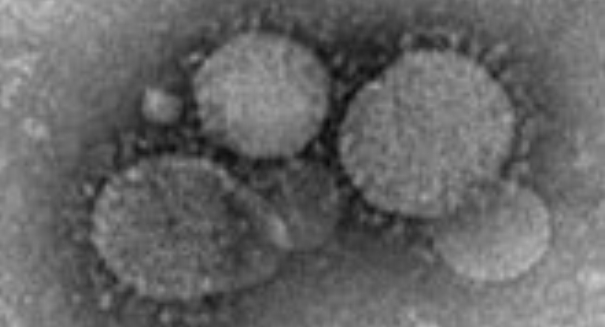
The new findings suggest that transmission among humans is more complicated than previously thought.
Genome sequencing has found several different infection transmission chains of the Middle East Respiratory Syndrome Coronavirus (MERS-CoV) in humans. The study, published in the Lancet, produced the largest number of MERS-CoV genomes described to date and provides evidence that the transmission patterns are more complicated than previously thought.
More than 100 people have been diagnosed with MERS-CoV globally since 2012. Researchers at the Wellcome Trust Sanger Institute, Edinburgh University and University College London are working with the Kingdom of Saudi Arabia’s Ministry of Health to sequence the virus in an effort to discover how it has been spreading. This information will help researchers develop intervention and infection control measures.
Researchers sequenced and analyzed the genomes of MERS-CoV samples from 21 patients across Saudi Arabia. They combined their geographic locations with the time they were infected and the amount of genetic differences between the genomes of the virus. This provided a higher resolution picture of how the virus has spread and how the genome has changed.
“We deep-sequenced the genomes of MERS-CoV taken from 21 infected people to calculate accurately the rate of evolution of the virus,” said Dr Matthew Cotten, from the Sanger Institute and the study’s first author. “Using this evolution rate, we could define genetically plausible transmission pairs. However, of the 13 transmission events that were predicted from the epidemiology, the genetic evidence we gathered could only support eight.”
The new findings suggest that transmission among humans is more complicated than previously thought and indicates that additional sources of the virus are involved. One possibility is that there could be undetected people who are carrying and spreading the virus.
“The genome differences we discovered in some infected people were too great to be explained by replication errors occurring in the virus as it is passed from human to human during a single chain of infection,” explained Professor Paul Kellam, senior author from the Sanger Institute. “Instead our findings suggest that different lineages of the virus have originated from the virus jumping across to humans from an animal source a number of times.”
To date, no animals with MERS-CoV have been identified and studies based on small sequence fragments suggest a common ancestor of the virus might have existed in bats many years ago. Field studies of all possibilities, including camels, bats, goats, sheep, dogs, cats and rodents are on going.
Leave a Reply